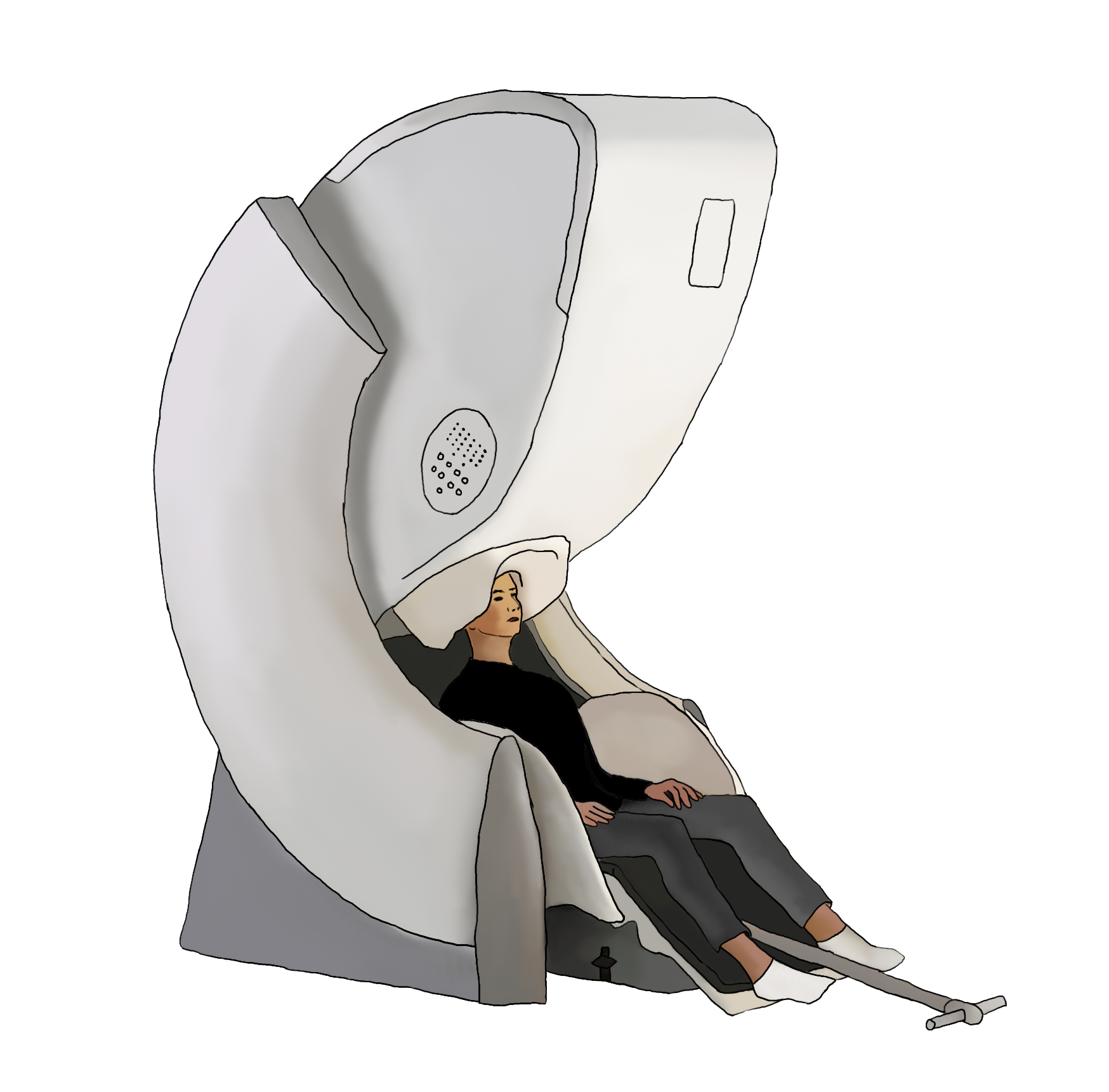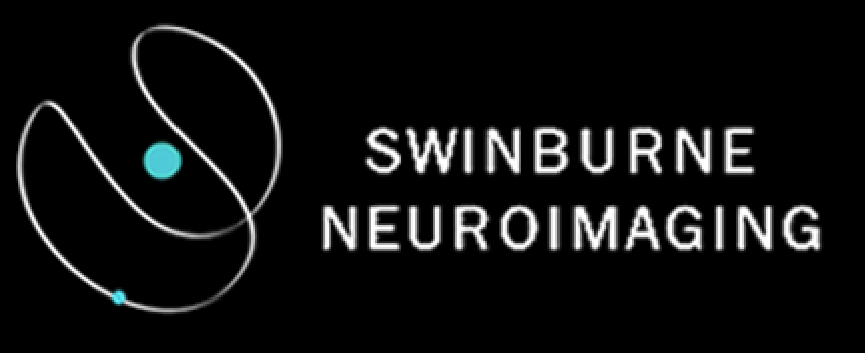Ideasthetic Imagining
Mapping the Brain’s Microstates usingMagnetoencephalography (MEG)
Lead Chief Investigator: Prof. Julia Prendergast
Lead Neuroscientist: Dr Benjamin Slade
Paris Lyons
Associate Professor Julia Prendergast is Lead Chief
Investigator of the Exploratory Study: ‘Ideastehetic Imagining – Mapping the
Brain’s Microstates Using Magnetoencephalography’. The practice-led research
that underpins the study is premised upon the original concept of ideasthetic
imagining. As the first researcher,
worldwide, to theorise the concept of ideasthesia from a practice led
perspective, Prendergast devised the concept of ideasthetic imagining—in order
to explicate the entwined nature of idea and senses, in acts of narrative
making.
Julia’s practice-led research focuses theories from neuro- psychoanalysis, specifically the concept of ideasthesia or “sensing concepts” from neuroscience (Nikolić 2016, 2), as well as the “unthought known” [that which is known experientially, but not necessarily consciously] from psychoanalysis (Bollas 2014, 2017).
Through this intersection, Julia coined the term Ideasthetic Imagining, arguing this is what writers do.
Julia’s practice-led research focuses theories from neuro- psychoanalysis, specifically the concept of ideasthesia or “sensing concepts” from neuroscience (Nikolić 2016, 2), as well as the “unthought known” [that which is known experientially, but not necessarily consciously] from psychoanalysis (Bollas 2014, 2017).
Through this intersection, Julia coined the term Ideasthetic Imagining, arguing this is what writers do.
“At a primary moment of narrative composition, I’m on a quest to capture what I have described as the haunting incompleteness of human experience. My writing always begins from a state of conundrum and contradiction: something I am troubled by; something that presents a problem of logic or a riddle of emotion and logic; something I feel compelled to understand more fully”.
- Julia Prendergast
Insights From Previous Research
The role of ideasthesia in creative story generation is novel, with limited related studies. Functional neuroimaging techniques such as fMRI and EEG have been pivotal in identifying neural activations during creative writing practices. This study marks the first use of Magnetoencephalography (MEG) to explore neural correlates in creative writing.
Previous research has shown that the prefrontal cortex plays a central role in creative processes, as it facilitates the recognition of novel combinations of information. This ability is crucial in the creation of written works, particularly in reconstructing memories.
O’Keane (2021: 111) notes that Daniel Shacter “made big inroads into understanding the experience of time in his neuroimaging experiments.
[Schacter]
showed that the same brain circuits are employed when thinking about the past and when
planning for the future”.
Shacter’s findings “...suggests that regions previously associated with future events, such as anterior hippocampus, medial prefrontal cortex and inferior frontal gyrus, support processes general to imagining events rather than specific to prospection [possible futures, including such functions as planning, prediction, and daydreaming]’ (Schacter et al, 2005: 2222).
Swinburne Neuroimaging
MEG + MRI Pilot Study
MEG + MRI Pilot Study


A Pilot Study was conducted in 2023 at Swinburne Neuroimaging Facility, a National Imaging Facility node. In the Pilot Study, participants
wrote imaginatively from long short-term memory, working with point-of-view and
building fictional possibilities.
We
used Magnetoencephalography (MEG) to determine where and
how the brain is processing information, at distinct stages of the workshop. Additionally, MRI was acquired for coregistration, aligning MEG data with anatomical brain structures for more accurate localization of neural activity.
We consider the neuro-psychoanalytic perspectives (O’Keane, Solms, Schacter, et al.) as they relate to the intersection between ideasthesia and the unthought (Nikolić and Bollas’) concepts of respectively.
Our key research question was:
We consider the neuro-psychoanalytic perspectives (O’Keane, Solms, Schacter, et al.) as they relate to the intersection between ideasthesia and the unthought (Nikolić and Bollas’) concepts of respectively.
Our key research question was:
What particularities does the Ideasthetic Imagining study reveal in relation to Schacter’s
findings, showing that the same
brain circuits are employed when thinking about the past and planning for the future?
We ask: How might this provide a premise for an original contribution to knowledge within the context of neuro|psychoanalytic approaches to creative writing as it relates to future-mindedness and wellbeing, more broadly?
Where to Now?
To our knowledge, no functional neuroscientific studies have yet measured neural activity during both autobiographical reminiscence and creative writing practices. This objective evidence will provide further insight into the neural mechanisms of how reminiscence focused creating writing practices might provide a useful basis for thinking strategically about future-mindedness/wellbeing.
Dr Benjamin Slade is currently leading the next round of analysis, focusing on functional connectivity.
What Might this look like in Practice?
Research indicates that reminiscence therapy and creative writing can alleviate symptoms of depression and anxiety (Chiang et al., 2019; Lui et al., 2021). However, the neural mechanisms underlying these benefits remain largely unexplored. Understanding the cognitive processes involved in reminiscence-focused creative writing could provide objective evidence of how these practices improve mental health. This knowledge could pave the way for developing low-cost, easily implemented therapeutic writing interventions.
Funding Acknowledgement
This pilot study was made possible through a grant from Swinburne Neuroimaging. Additionally, funding for the analysis was generously provided by the National Committee of Australian Mensa through the Richard Johns Grant.


References
Addis, D. R., Pan, L., Vu, M. A., Laiser, N., & Schacter, D. L. (2009). Constructive episodic simulation of the future and the past: Distinct subsystems of a core brain network mediate imagining and remembering. Neuropsychologia, 47(11), 2222-2238.
Brewer, J. A., Garrison, K. A., & Whitfield-Gabrieli, S. (2013). What about the “self” is processed in the posterior cingulate cortex?. Frontiers in Human Neuroscience, 7, 647.
Brown, T. I., Rissman, J., Chow, T. E., Uncapher, M. R., & Wagner, A. D. (2018). Differential medial temporal lobe and parietal cortical contributions to real-world autobiographical episodic and autobiographical semantic memory. Scientific EReports, 8(1), 6190.
Nikolić, D. (2016). Ideasthesia and art. To appear in: Gsöllpointner, Katharina, et al. (eds.). 2016. Digital Synesthesia. A Model for the Aesthetics of Digital Art. Berlin/Boston: De Gruyter.
Schacter, D. L., Addis, D. R., & Buckner, R. L., 2009, ‘Episodic simulation of future events: Concepts, data, and applications’, The Year in Cognitive Neuroscience. Annals of the New York Academy of Sciences 1124, 39–60.
Spreng, R. N., Gerlach, K. D., Turner, G. R., & Schacter, D. L. (2015). Autobiographical planning and the brain: Activation and its modulation by qualitative features. Journal of Cognitive Neuroscience, 27(11), 2147-2157.
